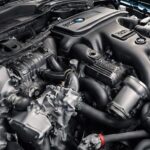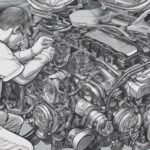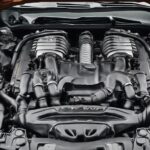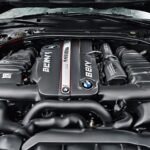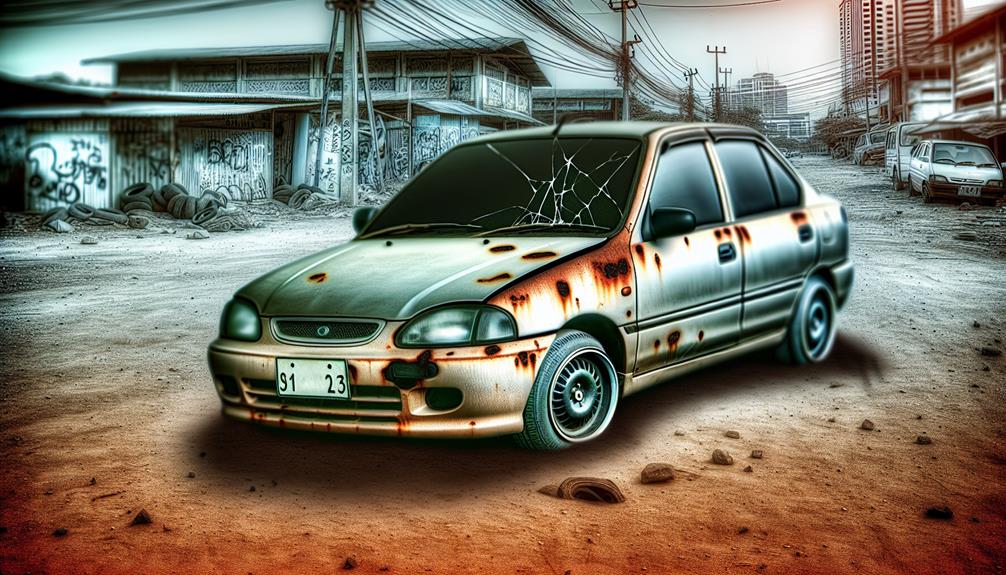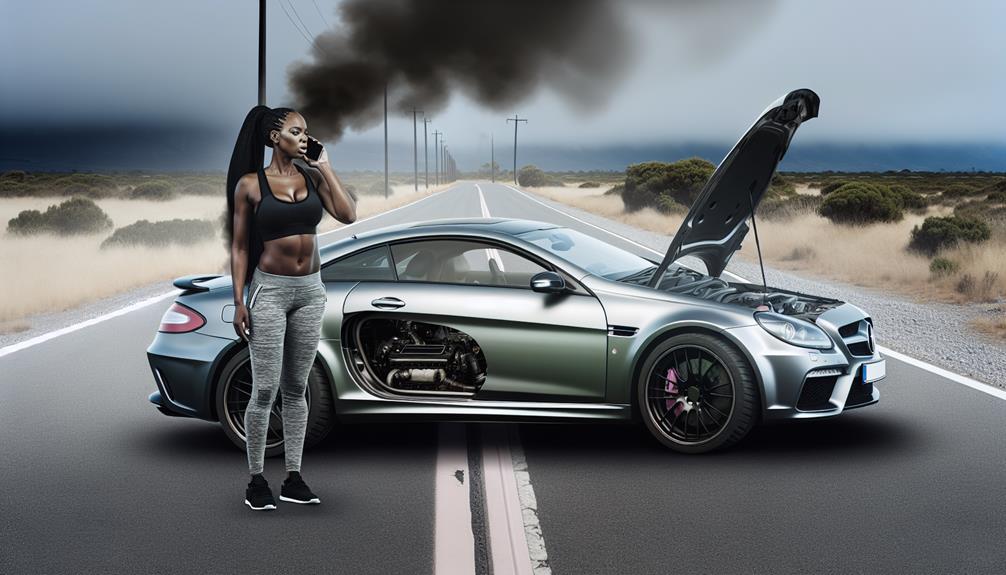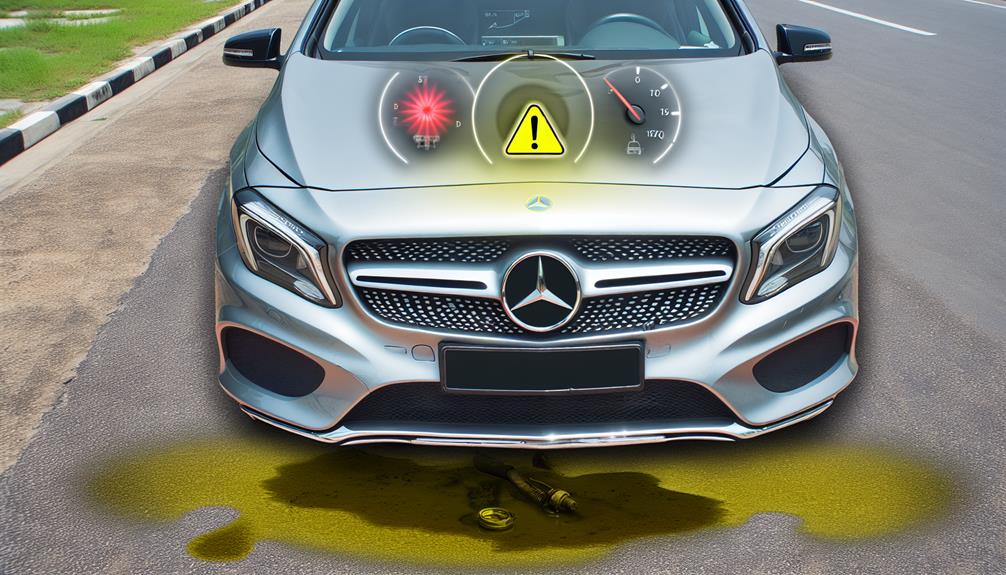In your Mercedes B Class quest, steer clear of the problematic 2005 model, beware of the drawbacks lurking in the 2011 version, and watch out for issues that arise with the 2013 release. Early B-Class vehicles pose common faults, and older models might give you technical headaches. Uncover performance shortcomings in the initial releases before making a choice. Find out more about these models and their reliability concerns to make an informed decision.
Key Takeaways
- Avoid older Mercedes B Class models for potential electrical and transmission issues.
- Certain years may have reliability concerns with the engine, suspension, and steering components.
- Be cautious of models with known interior quality issues that may not hold up well over time.
- Consider avoiding years with higher maintenance costs and steeper depreciation rates.
- Research user feedback to identify specific model years with reported reliability issues.
Potential Issues With 2005 Model
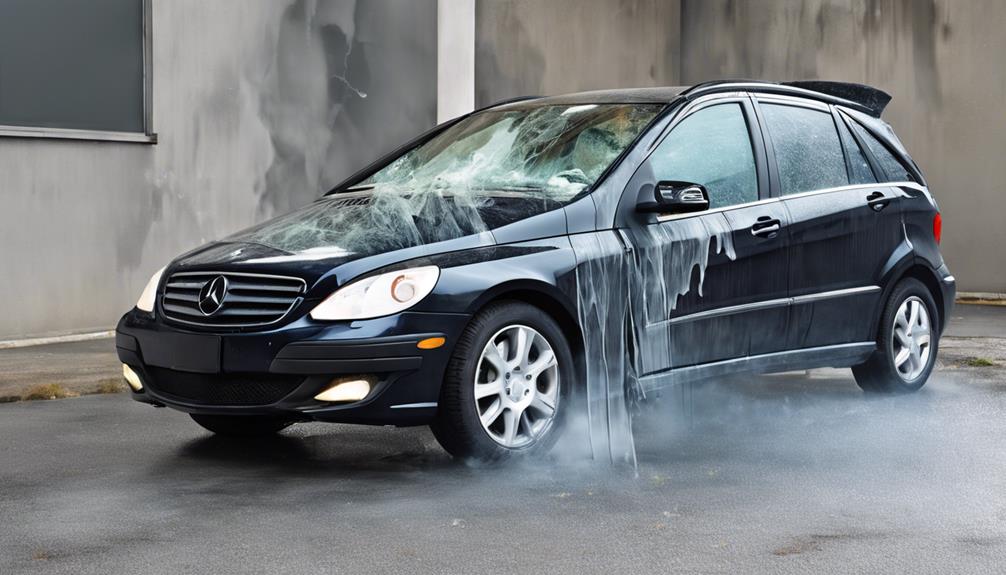
The 2005 Mercedes B-Class model stands out as a cautionary tale among automotive enthusiasts due to its propensity for numerous complaints and mechanical woes. This particular model, often referred to as the 'black sheep' of the Mercedes B-Class lineup, garnered a reputation for its subpar performance compared to its E-Class counterparts. Drivers have lamented that the 2005 B-Class lacks the typical luxurious feel associated with Mercedes vehicles, with some even likening its driving experience to that of a bus rather than a sophisticated sedan.
One of the most significant gripes about the 2005 Mercedes B-Class is its interior and exterior design, which is noticeably filled with plastic trim that detracts from the premium image expected from the brand. In addition to its aesthetic shortcomings, this model has been plagued by various mechanical issues, leading to recalls for fuel and airbag-related problems. For those seeking a harmonious blend of style and performance, the 2005 Mercedes B-Class may fall short of expectations compared to its E-Class counterparts.
Drawbacks of 2011 Version
Experiencing mechanical issues upon its release, the 2011 Mercedes Benz B-Class presented drivers with significant drawbacks to navigate. Common concerns with this model revolve around transmission and electrical issues, casting a shadow over its reputation. Customer ratings for the 2011 B-Class are remarkably low due to these persistent problems.
To guarantee a valuable purchase, diligent maintenance is essential for this particular year. Despite its shortcomings, with proper care and attention, the 2011 B-Class can still offer reliability and comfort. While the initial hurdles may seem challenging, staying on top of servicing and addressing any warning signs promptly can help you make the most of this vehicle.
Problems Identified in 2013 Release

What recurring issues plagued the 2013 Mercedes Benz B-Class model, making it a questionable choice for potential buyers seeking reliability? Let's explore the specific problems identified in the 2013 release:
- Recalls Galore: The 2013 B-Class model faced recalls related to airbag deployment issues, electrical malfunctions, and troublesome transmissions. These safety and functionality concerns raised red flags among consumers.
- Underwhelming Satisfaction: Customer satisfaction surveys for the 2013 model painted a bleak picture, highlighting a lack of confidence in the car's reliability. Despite improvements from its predecessor, the 2013 B-Class continued to struggle with persistent problems.
- Questionable Track Record: While some improvements were made in the 2013 model, it still fell short with overall reliability. The recurring issues, coupled with a less-than-stellar reputation, cemented the 2013 B-Class as one to approach with caution. Consider these factors carefully before making a decision on this particular year's release.
Common Faults in Early B-Class
Getting around the early B-Class models poses a challenge due to prevalent faults that marred the driving experience and overall satisfaction for owners.
The 2005 W245 version stands out as a troublemaker, with a plethora of complaints overshadowing its performance. These models embraced plastic trim like a fashion statement, both inside and out, which left many feeling like they were driving a luxury toy rather than a prestigious Mercedes.
Recalls were a recurring theme, focusing on essential components such as fuel systems and airbags, raising concerns about safety and reliability. Owners lamented that the driving experience lacked the sophistication expected from the brand, often likening it to maneuvering a bus rather than a nimble luxury vehicle.
Transmission woes and electrical gremlins haunted the first-generation B-Class, adding to the list of woes that early adopters had to navigate. It's no wonder these models have become cautionary tales for those seeking a harmonious blend of performance and prestige.
Reliability Concerns of Older Models

When considering older Mercedes B-Class models, especially the 2005 and 2011 versions, it's important to be aware of their mechanical and transmission issues for informed decision-making. These models often come with reliability concerns, affecting their overall performance and customer satisfaction. Here are some key points to help you navigate through the potential pitfalls of these older B-Class models:
- Mechanical Problems: The 2005 and 2011 B-Class models are known for their frequent mechanical issues, ranging from engine malfunctions to suspension problems. These issues can lead to costly repairs and a decrease in the vehicle's reliability over time.
- Transmission Troubles: Another common issue with these older B-Class models is their transmission problems. Owners have reported issues with gear shifting, transmission slipping, and overall poor performance. These transmission issues can have a significant impact on the driving experience and may require extensive repairs.
- Recalls and Maintenance: The 2013 B-Class model faced recalls for various safety and mechanical issues, including airbag problems, electrical faults, and transmission concerns. Proper maintenance and regular servicing are critical when dealing with older B-Class models to avoid unexpected reliability issues and ensure a smoother ownership experience. Make sure to conduct thorough research and consider these reliability concerns before making a purchase decision.
Technical Challenges in Earlier Years
During the earlier years of the Mercedes B-Class, technical challenges and reliability issues posed significant hurdles for owners. Common problems in earlier models included transmission and electrical issues, leading to recalls for airbag, electrical, and transmission issues. Some models faced mechanical problems right from their release, requiring meticulous maintenance to prevent these challenges. Here's a breakdown of the technical challenges faced by owners of early Mercedes B-Class models:
| Technical Challenges | Common Issues |
|---|---|
| Transmission | Gear shifting problems |
| Electrical | Malfunctions in electronic systems |
| Recalls | Airbag, electrical, transmission issues |
These issues could be quite frustrating for owners, emphasizing the importance of staying vigilant with maintenance schedules and being proactive in addressing any warning signs. By being knowledgeable about these challenges, you can better navigate the potential technical hurdles that earlier Mercedes B-Class models may present.
Performance Shortcomings of Early Releases
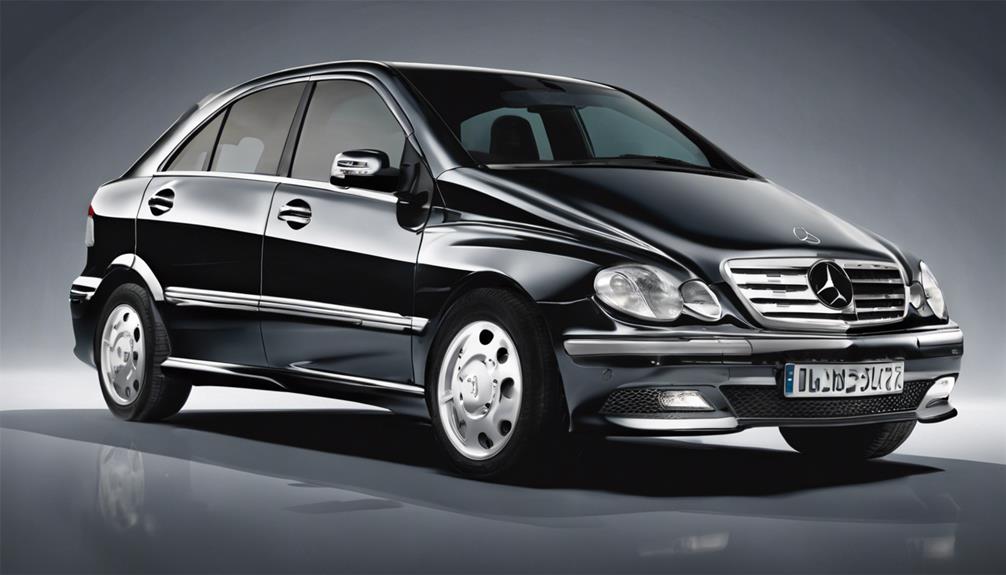
Early releases of the Mercedes B-Class stumbled in delivering the renowned performance excellence expected from the brand, leaving drivers yearning for the signature Mercedes driving experience. Here's a closer look at why these early models fell short:
- Lackluster Acceleration: The initial B-Class versions failed to provide the swift and responsive acceleration synonymous with Mercedes-Benz vehicles, resulting in a less thrilling driving experience.
- Subpar Handling: Drivers noted a lack of precision and agility in the steering and overall handling of these early models, detracting from the dynamic driving dynamics typically associated with the Mercedes brand.
- Transmission Troubles: Many owners reported issues with the transmission, including rough shifting and occasional jerks during gear changes, further diminishing the driving pleasure and adding to the performance woes of these early B-Class iterations.
In essence, the early Mercedes B-Class models struggled to live up to the performance standards set by the brand, making them less appealing choices for drivers seeking a truly exhilarating driving experience.
Frequently Asked Questions
Is Mercedes-Benz B-Class a Reliable Car?
When it comes to reliability, the Mercedes-Benz B-Class falls short compared to other models. Its frequent recalls and common issues like airbag and electrical problems make it a less dependable choice. Regular maintenance is key.
How Many Miles Will a Mercedes B-Class Last?
A Mercedes B-Class, with proper care, can last well over 200,000 miles. Your driving habits, maintenance diligence, and environmental factors all play a role in determining longevity. Stay proactive, address issues promptly, and enjoy the ride!
What Is the Best Engine for the Mercedes B-Class?
For your Mercedes B-Class, opt for the 1.5 turbo diesel 4-cylinder engine. It cranks out 109 bhp, perfect for overtaking. With low CO2 emissions and £30 annual road tax, enjoy its fuel efficiency at nearly 50 mpg in the city and 65 mpg on the highway.
Is a Mercedes B-Class Worth It?
Yes, a Mercedes B-Class can be worth it if you value comfort, safety, and practicality. It offers a spacious interior, high safety ratings, and a smooth ride. With good fuel efficiency and modern features, it's a practical choice for daily driving.
Conclusion
You've now seen the pitfalls to avoid when considering a Mercedes B-Class from certain years. From technical challenges to performance shortcomings, it's clear that some models may not live up to your expectations.
Remember to do your research and weigh the pros and cons before making a decision on which year to invest in. Don't let a flashy exterior blind you to potential issues lurking beneath the surface.
Stay informed and choose wisely.

